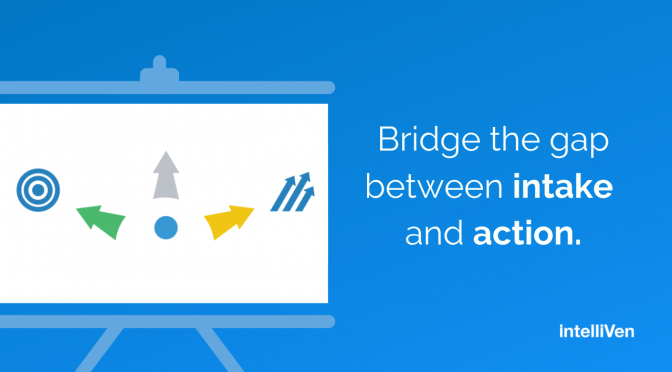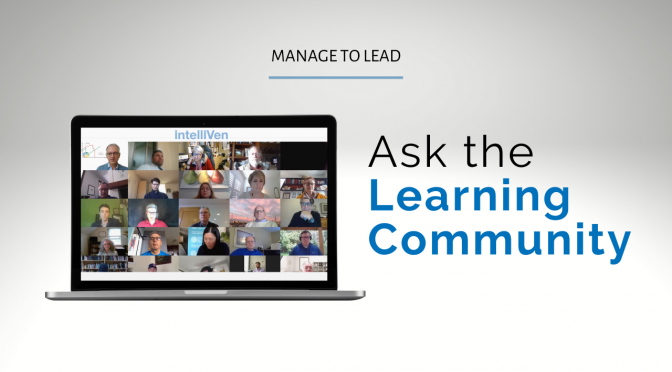As an emerging leader, the ability to effectively navigate group work is a critical skill. Too often, we find ourselves in situations where groups become mired in the easy tasks, neglecting the more challenging but equally important aspects of the work. In this post, we will explore key strategies to help you and your teams break this pattern and achieve greater success in group settings.
Allocate Time for Reflection
Groups frequently struggle to allocate time for “reflecting” at the end of a task. The tendency is to focus on the more tangible “sharing” component, leaving little room for the deeper contemplation that can unlock valuable insights. As an emerging leader, it is essential to recognize the importance of this reflective phase and ensure that it is intentionally built into your group’s process so that you glean the lessons learned.
Proactive Process Planning
Groups assigned a task need to take ownership of managing their time and process (see next point) during breakout sessions, rather than relying on external instructions. This speaks to the crucial skill of proactive process planning. Effective groups take the time upfront to outline their approach (see below), allocate time for each step, and establish mechanisms for monitoring progress. This not only ensures that all necessary tasks are completed but also fosters a sense of shared responsibility and accountability within the team.
Balancing Time and Priorities
To illustrate this point, here is a sample time allocation for a group task:
- 1′ Confirm team common understanding of the breakout task/outcome
- 1′ Agree on the process to use and how to monitor it (i.e., assign roles for timekeeping and notetaking)
- [allotted time less 5′ for process steps shown above and below]’
- 1′ Decide who will report and how (if needed to save the whiteboard when working in a Zoom breakout room)
- 2′ Reflect as a team on your process before returning to the larger group
This example demonstrates the importance of carefully balancing time and priorities. By allocating specific durations for each step, the group ensures that they not only complete the core task but also set aside time for the vital reflection phase. As an emerging leader, you can adapt and apply this approach to your own group contexts, tailoring the time allotments to suit your specific needs and the task to be completed.
Leadership Through Process Ownership
Effective groups take ownership of their process. Rather than relying on external prompts or instructions, successful groups proactively plan, monitor, and adjust their approach as needed. This, in itself, is an act of leadership. By guiding your group through this process, you demonstrate your ability to facilitate productive collaboration, foster a sense of shared responsibility, and drive meaningful outcomes.
As an emerging leader, mastering group dynamics is a crucial step in your professional development. By embracing the strategies outlined in this post – recognizing the importance of reflection, proactively planning your process, balancing time and priorities, and taking ownership of your group’s approach – you can position yourself and your teams for greater success in collaborative settings. Remember, leadership is not just about individual performance; it is about empowering and guiding others to achieve their full potential.






